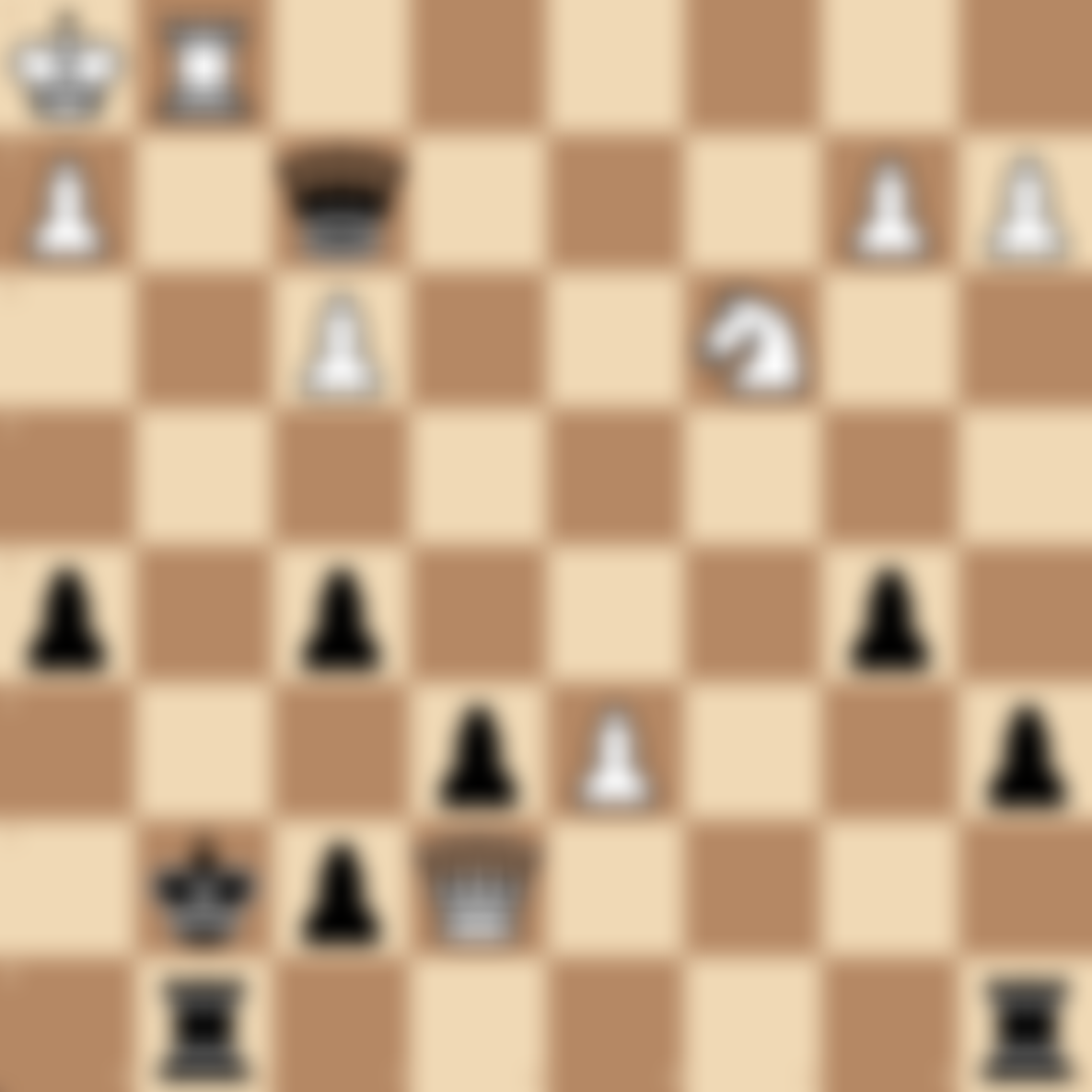Interference in Chess: A Powerful Tactical Motif
Table of Contents
- Introduction
- What is Interference in Chess?
- Types of Interference
- Importance of Understanding Interference
- Common Interference Patterns
- How to Spot Interference Opportunities
- Executing Interference Tactics
- Defending Against Interference
- Practice Interference Puzzles
- FAQs
Introduction
In the intricate world of chess tactics, interference stands out as a subtle yet powerful motif. At chesspuzzles.io, we've created this comprehensive guide to help you understand, recognize, and execute interference tactics, elevating your strategic play to new heights.
What is Interference in Chess?
Interference in chess occurs when a piece is moved into the line of action of an enemy piece, disrupting its function or connection with other pieces. This tactical motif can lead to material gain, positional advantages, or even checkmate.
Types of Interference
- Line Interference: Blocking a line of attack or defense.
- Square Interference: Occupying a critical square needed by an enemy piece.
- Piece Interference: Obstructing the movement or function of a specific piece.
Importance of Understanding Interference
Mastering interference tactics is crucial for several reasons:
- Creates unexpected tactical opportunities
- Disrupts your opponent's plans and coordination
- Can lead to significant material or positional gains
- Often results in beautiful, game-winning combinations
Common Interference Patterns
- Interfering with Rook-King connection: Often leads to back-rank mate threats
- Blocking defender's line of sight: Creates opportunities for attacks on other pieces
- Interfering with Queen-King coordination: Can lead to devastating attacks
- Disrupting pawn structure: Weakens opponent's position and creates targets
How to Spot Interference Opportunities
- Analyze lines of communication between enemy pieces
- Look for overloaded pieces that are performing multiple functions
- Identify critical squares that enemy pieces need to control or access
- Consider the potential impact of inserting your piece into enemy territory
Executing Interference Tactics
- Calculate the immediate consequences of the interfering move
- Anticipate your opponent's potential responses
- Ensure your interfering piece is adequately protected
- Look for follow-up moves that capitalize on the created weakness
Defending Against Interference
- Maintain flexible piece coordination
- Avoid relying too heavily on a single piece for multiple functions
- Be aware of potential interference squares and control them proactively
- Practice vigilance and always reassess your position after each move
Practice Interference Puzzles
Sharpen your interference tactics with our curated collection of puzzles:
Try our Interference Puzzles on chesspuzzles.io now
These interactive puzzles are designed to improve your ability to spot and execute interference tactics in various positions.
FAQs
Q: Is interference more common in the opening, middlegame, or endgame? A: While interference can occur at any stage, it's most common in the middlegame when the board is complex and pieces have multiple functions.
Q: Can pawns be used for interference tactics? A: Yes, pawns can be powerful interference pieces, especially when advanced into enemy territory to disrupt piece coordination.
Q: How does interference relate to other tactical motifs like pins or skewers? A: Interference often works in conjunction with other tactics. For example, interfering with a defender can create opportunities for pins or skewers.
Q: Are there any famous chess games featuring spectacular interference tactics? A: Yes, one famous example is the "Immortal Interference Game" between Rotlewi and Rubinstein in 1907, where Rubinstein used multiple interference moves to create a stunning checkmate.
Q: How can I improve my ability to spot interference opportunities? A: Regular practice with targeted puzzles on chesspuzzles.io, analyzing master games, and post-game analysis of your own matches can significantly improve your interference recognition skills.
Master the art of interference to add a powerful weapon to your tactical arsenal! Ready to challenge yourself? Try our Interference Puzzles on chesspuzzles.io now and watch your strategic understanding of chess reach new levels of sophistication.
